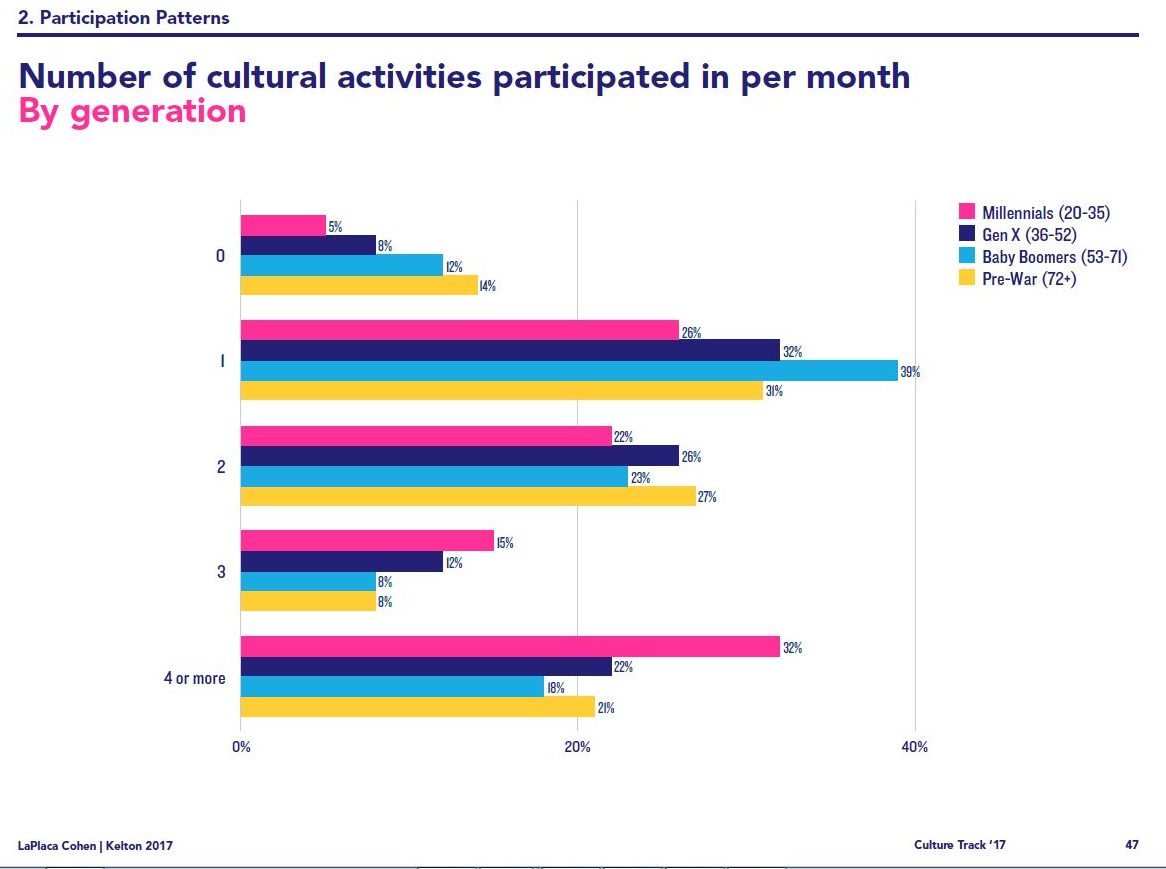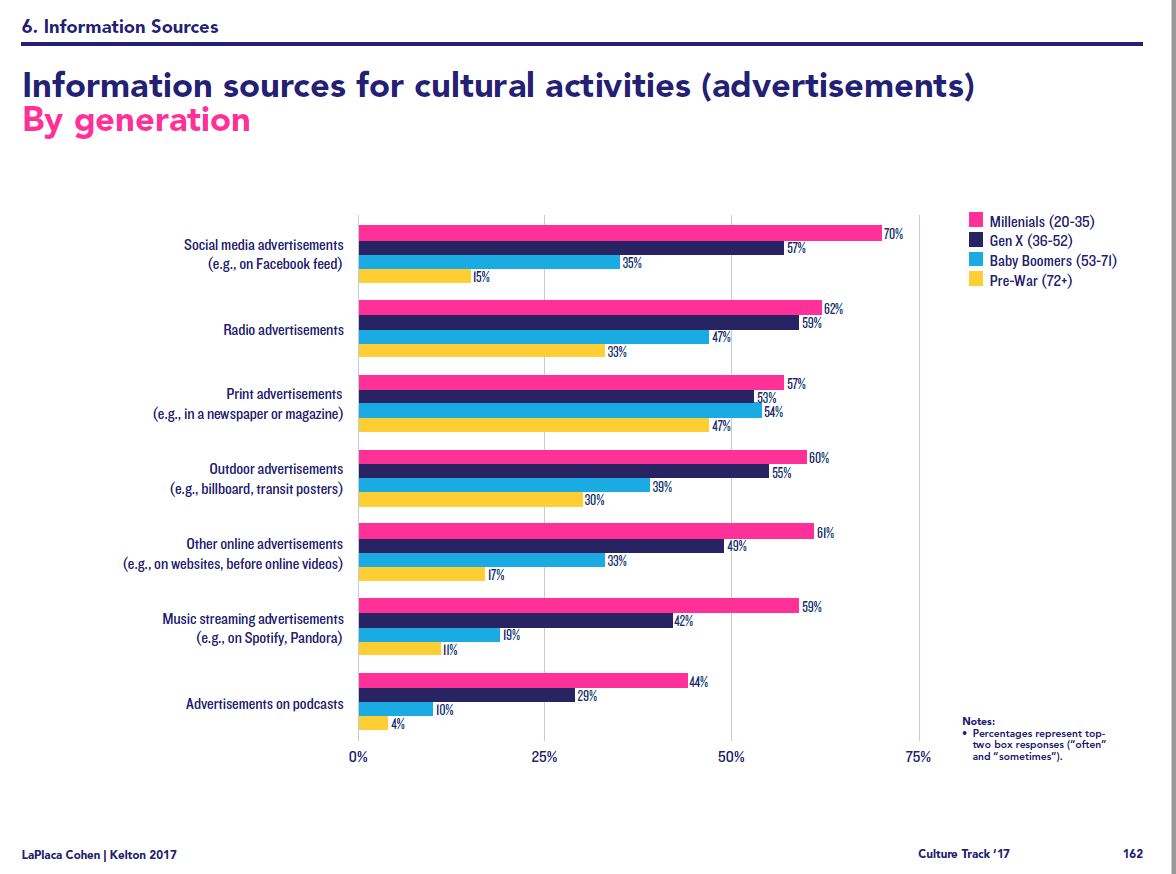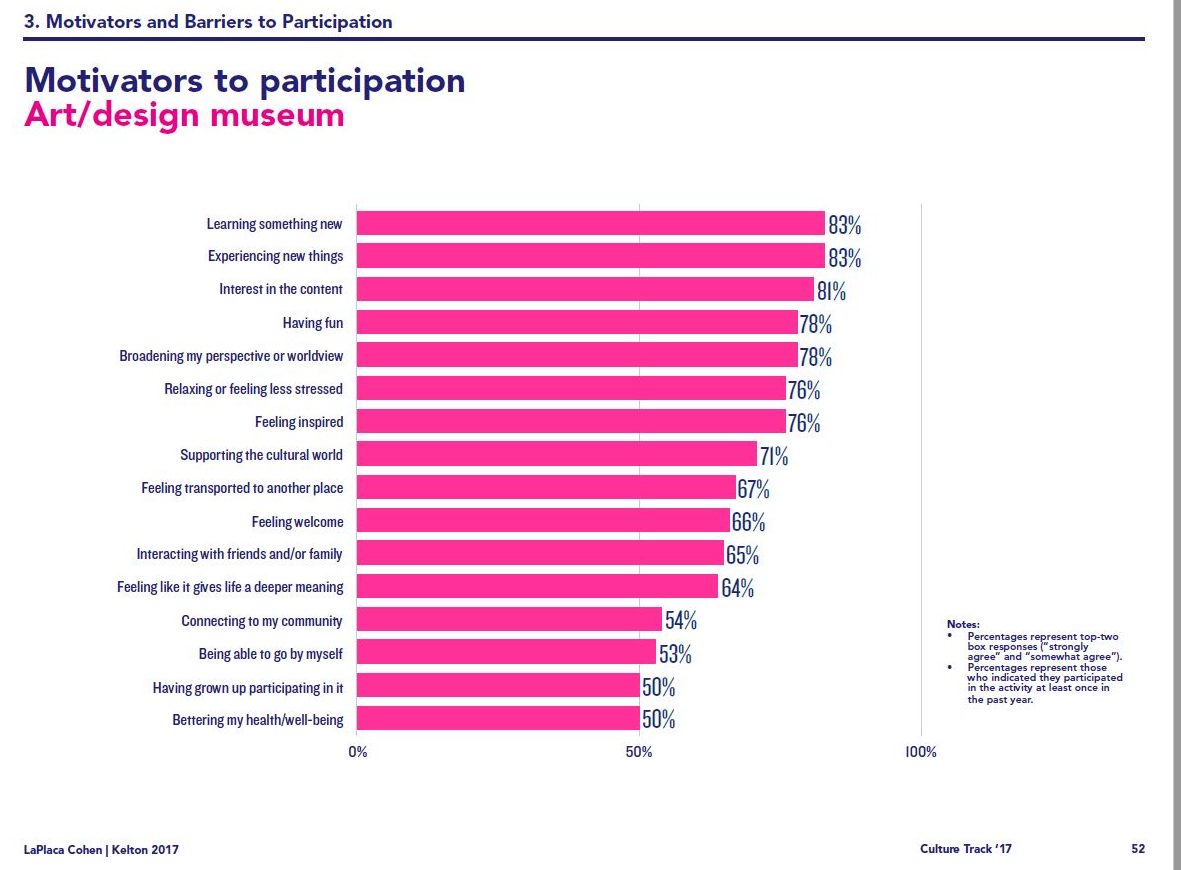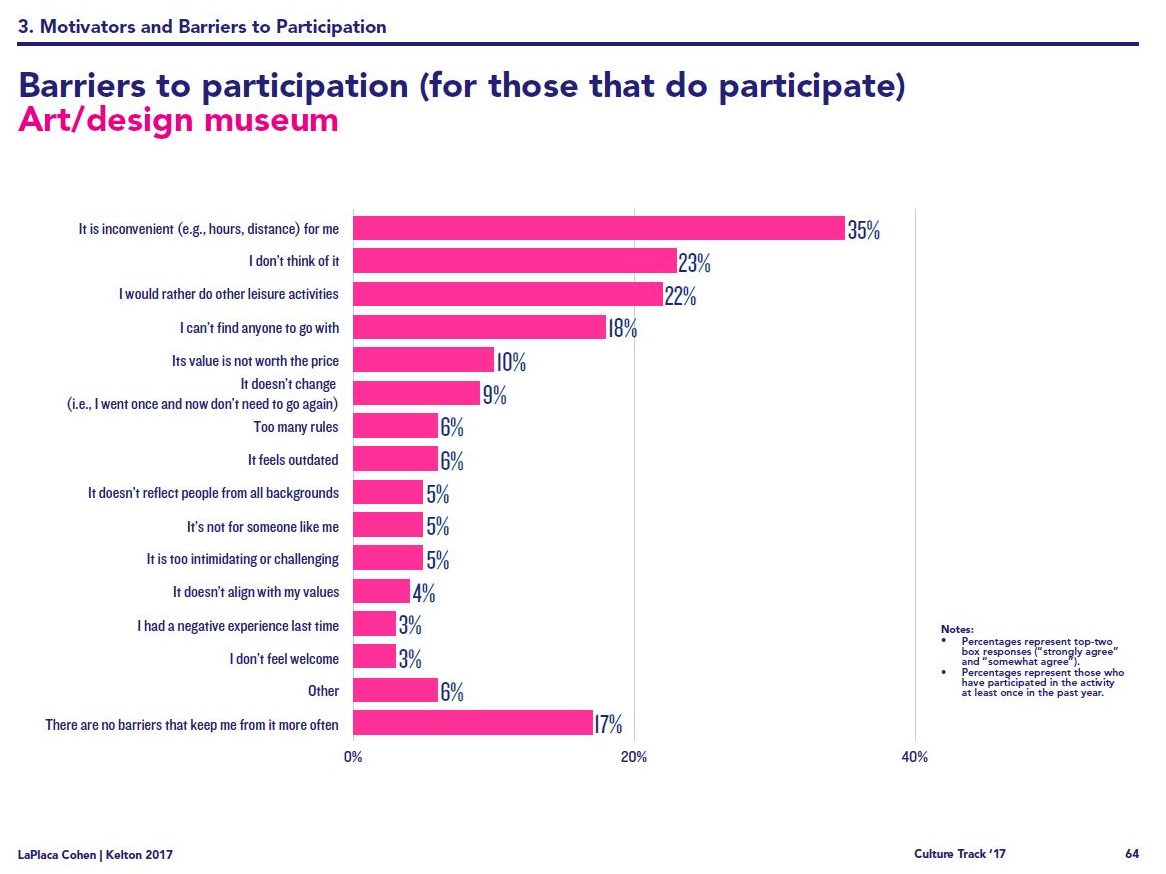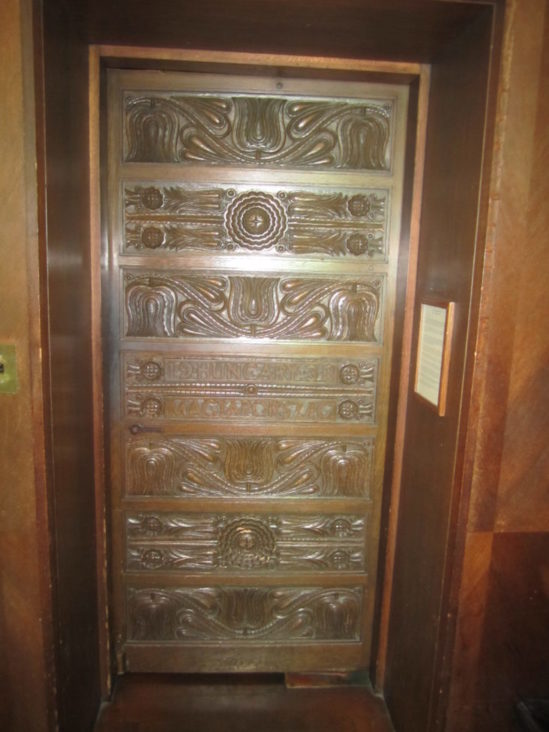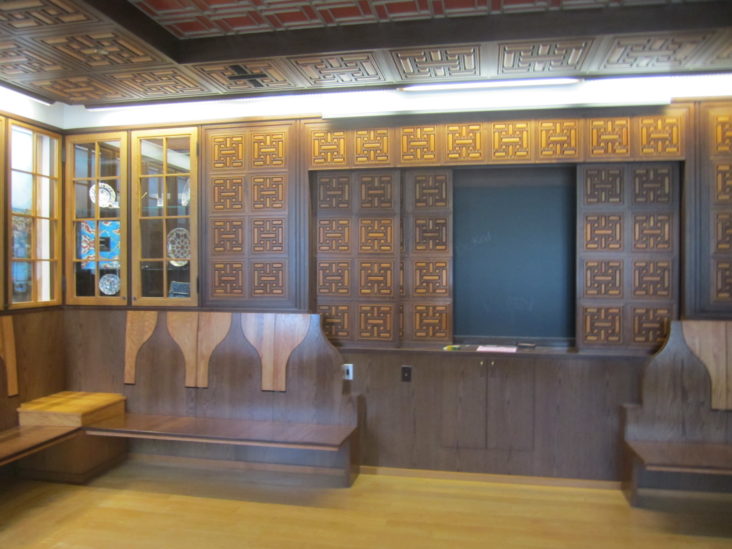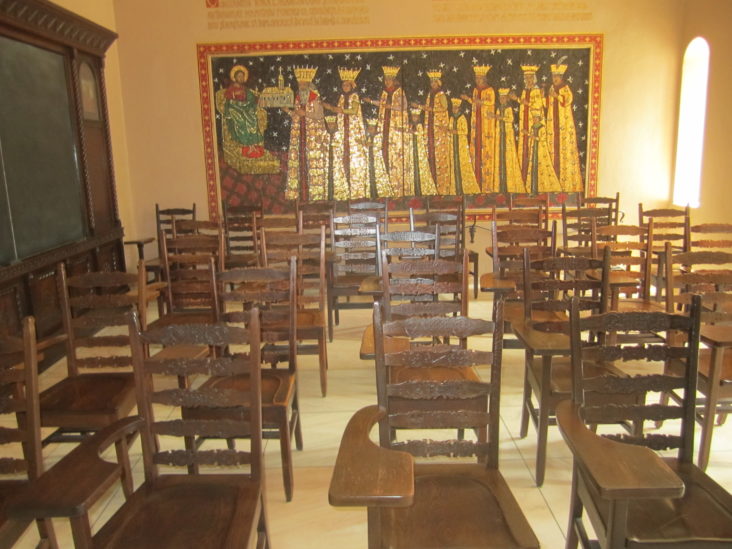About three years ago, I heard about the PorchRokr Festival in Akron’s Highland Square neighborhood. I had since learned that there was a whole series of Porchfests that have sprung up since the 2007 inaugural effort in Ithaca, NY.
Just before Thanksgiving CityLab had an article that mentioned the revived interest in porches as an architectural feature, citing the Porchfests in the process.
To younger urbanites, he says, porches look like stages. In the Instagram age, the front steps have become places to see and be seen, throw a rocking concert or party, and to foster metropolitan community in a walk-by, stop-in-for-wine sense. “Not by design but by accident—by having strangers descend on their yard, having a musician play, sharing a beer, and meeting some new folks—I gave all these people a tool to look at what porches mean in a new way,” Doyon says.
In 2016 as part of the lead up to the PorchRockr festival, the organizers were holding sessions to teach people how to replicate the festival in other communities. They also held 4 workshops on consecutive weeks to teach participating music groups how to get organized for the festival, deal with stage fright and engage in banter with the audience.
At one time porches and front stoops were central to communal life for families and neighborhoods and show hints of reclaiming that role again. According to CityLab, one woman in the Buffalo, NY/Toronto, ON area sponsors a whole series of events.
In the warmer months, on her own front steps, she also hosts a “Stories From the Porch” series of speakers on art, history, and culture. Her events have attracted participants as young as 11, who—like her twentysomething kids—love hanging out on the porches. Glica takes pleasure in redefining her community’s relationship to an American architectural feature once dismissed as old-fashioned. “It’s subtle,” she says. “In 10 years we’re going to go, ‘When did that happen?’ But it’s definitely happening.”
While these types of activities can certainly manifest as outgrowths of an organization’s current activities, as someone who believes every bit of creative activity helps to cultivate the cultural ecology of communities, I offer these ideas up to readers as things they could do as individuals as well.

